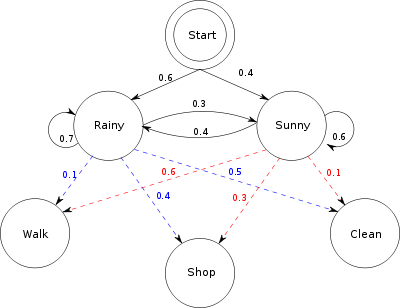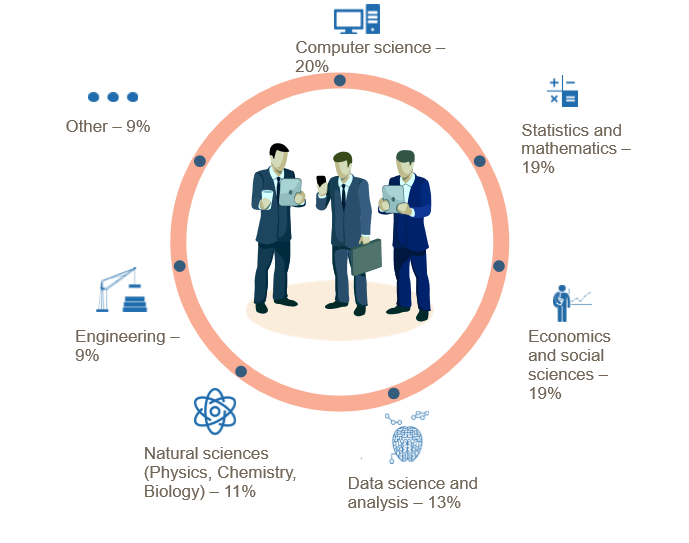In the rapidly evolving landscape of artificial intelligence, code generation models have emerged as powerful tools that are transforming how developers write and maintain code. As we progress through 2024, let’s dive deep into the current state of code generation models, examining both proprietary and open-source solutions that are leading the field.
The Current Leaders in Code Generation
Proprietary Solutions
At the forefront of proprietary code generation models, GPT-4 continues to maintain its position as a benchmark for performance. OpenAI’s flagship model excels in understanding complex programming contexts and generating sophisticated code solutions. Its ability to maintain context across long conversations and generate well-documented code makes it particularly valuable for professional developers.
Close on its heels, Anthropic’s recently released Claude 3 has shown remarkable capabilities in code generation. Early benchmarks suggest that it matches or exceeds GPT-4 in certain coding tasks, particularly in code explanation and debugging. Claude 3’s strength lies in its ability to understand nuanced programming concepts and generate secure, well-structured code.
GitHub Copilot, built on OpenAI’s technology, remains the most widely used code generation tool in production environments. Its deep integration with development environments and understanding of context-specific coding patterns makes it an invaluable tool for daily programming tasks. The recent upgrade to GPT-4 has significantly improved its code completion and generation capabilities.
Open Source Champions
The open-source community has made remarkable strides in code generation models, offering compelling alternatives to proprietary solutions. Meta’s Code Llama, particularly its 70B parameter version, stands out as one of the most capable open-source models. It demonstrates impressive performance across multiple programming languages and tasks, from code completion to documentation generation.
The WizardCoder series has gained significant attention for its specialized focus on code generation. These models, fine-tuned specifically for programming tasks, often outperform larger general-purpose models in specific coding scenarios. Their efficiency and focused training make them particularly attractive for deployment in resource-constrained environments.
StarCoder2, a collaborative effort from multiple research organizations, represents another significant advancement in open-source code generation. Built on a massive dataset of code from various sources, it shows strong performance in understanding and generating code across numerous programming languages.
Key Capabilities That Matter
Context Understanding and Maintenance
Modern code generation models excel in understanding the broader context of programming tasks. This includes:
- Project-specific coding conventions and patterns
- Language-specific idioms and best practices
- Architectural considerations and design patterns
- Integration with existing codebases
Technical Proficiency
The best models demonstrate sophisticated technical capabilities:
- Multi-file code generation with consistent interfaces
- Automated test generation and testing strategies
- Comprehensive documentation generation
- Advanced debugging and error analysis
- API design and implementation
Security and Reliability
As code generation models become more integrated into development workflows, their security features become increasingly important:
- Secure coding practices implementation
- Robust error handling mechanisms
- Input validation and sanitization
- Prevention of common security vulnerabilities
Choosing the Right Model for Your Needs
The selection of a code generation model should be based on several key considerations:
Cost vs. Performance
Proprietary models like GPT-4 and Claude 3 offer superior performance but come with significant usage costs. Open-source alternatives like Code Llama and StarCoder2 provide a more cost-effective solution, though they may require more infrastructure investment for deployment and maintenance.
Privacy and Security Requirements
Organizations with strict data privacy requirements may prefer open-source models that can be deployed in-house, ensuring sensitive code never leaves their infrastructure. Proprietary solutions, while powerful, require code to be processed on external servers.
Integration Needs
Consider how the model will integrate with your existing development workflow. Tools like GitHub Copilot offer seamless IDE integration, while other models might require custom integration work.
Looking Ahead
The field of code generation is evolving at a remarkable pace. Several trends are likely to shape its future:
-
Increased Specialization: We’re likely to see more models specifically trained for particular programming languages or development frameworks.
-
Improved Security: Future models will likely incorporate more sophisticated security analysis and vulnerability detection capabilities.
-
Enhanced Collaboration: Code generation models will become better at understanding and maintaining team coding standards and practices.
-
Broader Tool Integration: Expect deeper integration with development tools, testing frameworks, and deployment pipelines.
Conclusion
Code generation models have become increasingly sophisticated and useful tools in the developer’s arsenal. While proprietary solutions like GPT-4 and Claude 3 lead in terms of raw capability, open-source alternatives are closing the gap, offering compelling options for different use cases and requirements.
The key to successful implementation lies in carefully evaluating your specific needs against the strengths and limitations of each model. Whether you choose a proprietary or open-source solution, code generation models are becoming an indispensable part of modern software development, augmenting developer capabilities and accelerating the development process.




